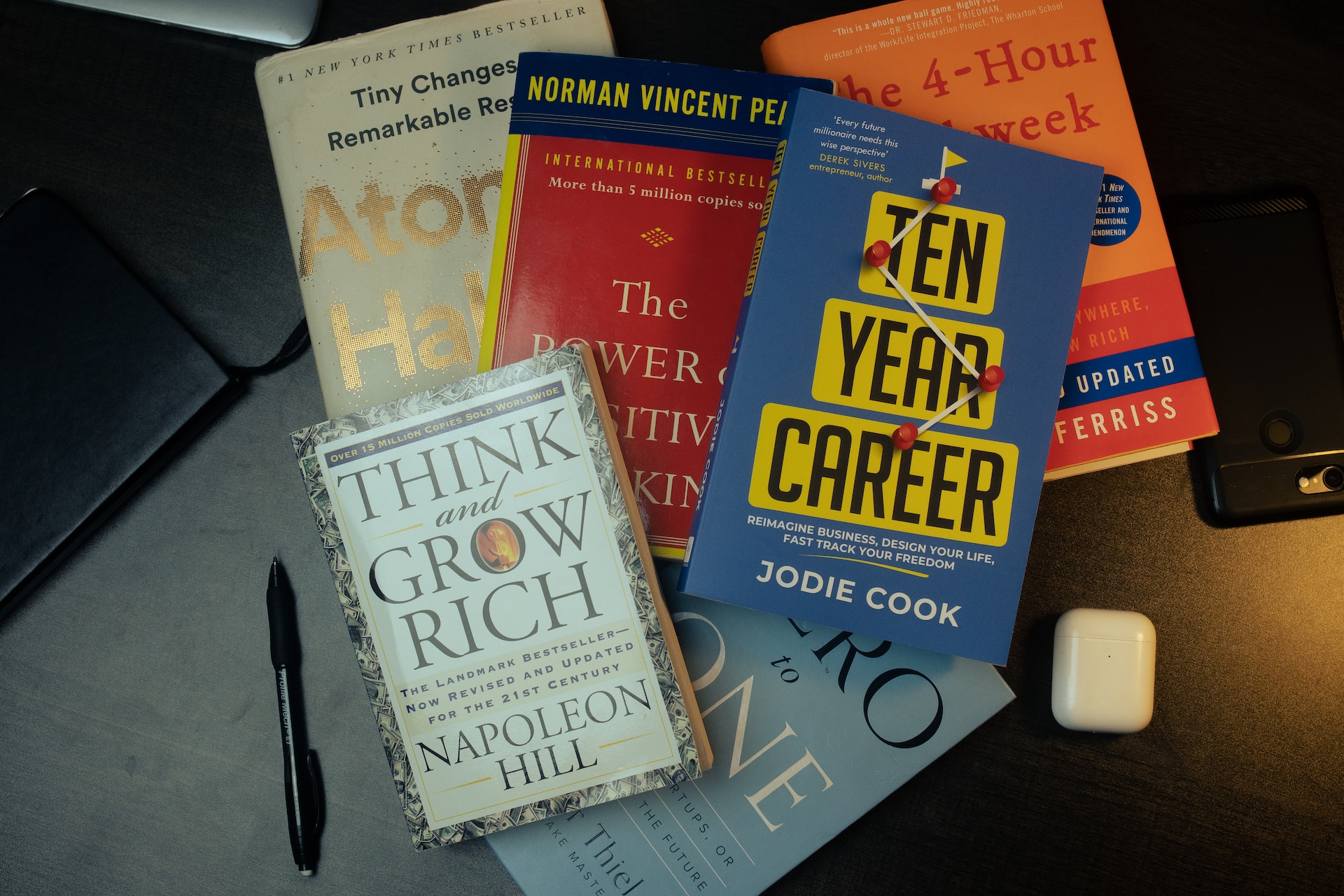Education
Think and Grow Rich: Unleashing Your Potential for Wealth and Success

The timeless advice in “Think and Grow Rich” by Napoleon Hill continues to inspire and lead people in today’s fast-paced world, when success appears to escape many, towards realizing their aspirations and collecting money. This classic self-help book has been inspiring readers to achieve their financial and personal development goals since its initial publication in 1937. This essay will examine the fundamental ideas and lessons from Napoleon Hill’s “Think and Grow Rich,” helping you realize your full potential and achieve financial success.
Understanding the Power of Your Thoughts
The Subconscious Mind
One of the central ideas of “Think and Grow Rich” is that your thoughts may create the world you experience. Napoleon Hill writes on how your unconscious mind may help you make your dreams come true. Your unconscious mind is like a garden, nurturing the ideas you plant there. When you keep your attention fixed on what you want, your subconscious finds solutions to make that dream a reality.
Setting Clear Goals
The necessity of having well-defined objectives is emphasized throughout Hill’s work. Indefinite wants are not likely to be fulfilled. Instead, you should have clear goals in mind. Specific, Measurable, Attainable, Relevant, and Time-bound (SMART) goals can help you succeed. This specificity will serve as a guidepost for your unconscious mind.
Mastering the Art of Persistence
Overcoming Failure
The lessons of “Think and Grow Rich” make us realize that setbacks are but stepping stones on the road to success. Many people who have accomplished great things had to endure many failures before they succeeded. The most important thing is to keep going and to learn from your errors as you go. Hill writes that failure only exists when one gives up.
The Power of Positive Affirmations
Positive affirmations are an additional key component of perseverance. Hill recommends writing down positive statements about yourself and your goals and reciting them on a daily basis. This routine can help you feel more confident in yourself and your talents, and have a good outlook no matter how difficult things become.
The Influence of the Mastermind Group
Surrounding Yourself with Success
The mastermind group is a concept first introduced by Napoleon Hill. It consists of a group of people who share similar goals and work together to achieve those goals. Insights, support, and responsibility are only some of the benefits of belonging to such a community. It’s a quick and easy approach to gain access to the knowledge of many people.
The Importance of Visualization
Seeing Your Success
The book “Think and Grow Rich” stresses the importance of positive mental imagery. Visualizing your achievements and accomplishing your goals in great detail might help you develop a deep attachment to them. If you’re having trouble becoming motivated to make your ambitions come true, try visualizing yourself accomplishing them.
Conclusion
In sum, “Think and Grow Rich” by Napoleon Hill is an evergreen classic that may help anybody on the path to financial freedom and fulfilment. To reach your full potential and start moving in the direction of success, you need to learn to control your thoughts, establish concrete objectives, practice dogged determination, enlist the aid of a mastermind group, and make frequent use of visualization techniques.
FAQs
1. What is “Think and Grow Rich” about?
Napoleon Hill’s “Think and Grow Rich” is a motivational book on the role of positive thinking, goal-setting, tenacity, and visualization in reaching one’s personal and professional goals.
2. How can I apply the principles from the book in my life?
The principals of the book may be put into practice by visualizing success on a regular basis, committing to long-term objectives, maintaining a positive attitude, and participating in a mastermind group.
3. Is “Think and Grow Rich” still relevant today?
The ideas presented in the book are still relevant and useful today; they have stood the test of time.
4. Can anyone achieve wealth and success by following these principles?
While success in life cannot be guaranteed, the odds of success can be greatly increased by adhering to the book’s guidelines.
5. Where can I purchase a copy of “Think and Grow Rich”?
“Think and Grow Rich” is available in libraries, bookstores, and online bookshops everywhere.
